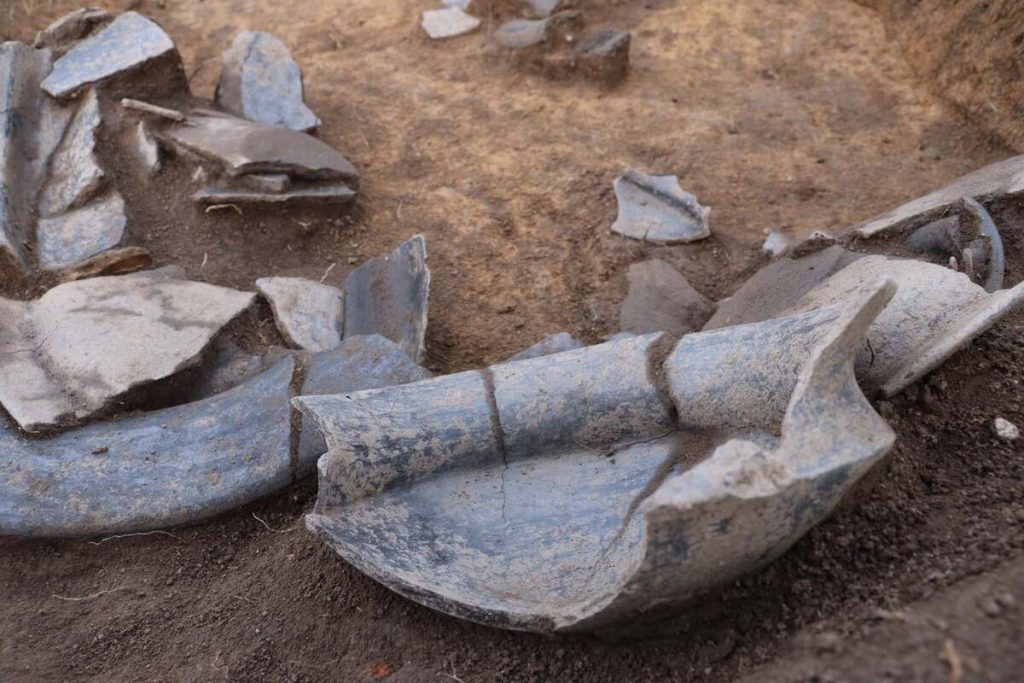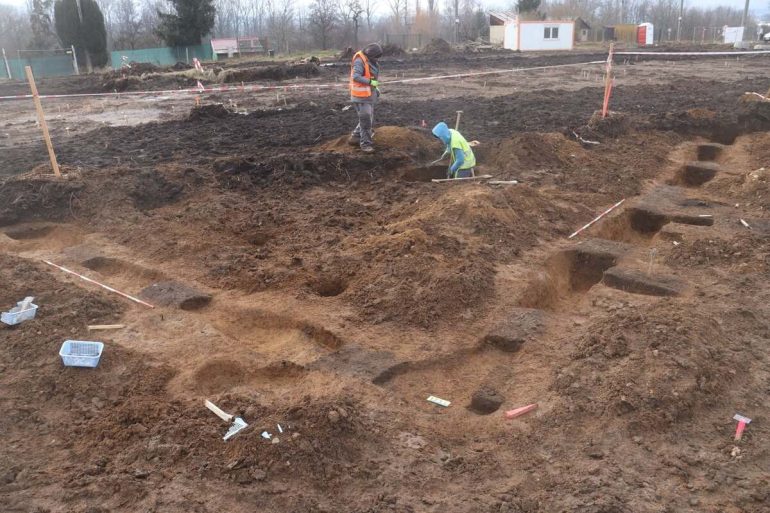Less than a year ago, construction began on dozens of apartments and a preschool on a greenfield site near Holásky. Although this area was thought to have always been uninhabited, archeologists have recently discovered traces of settlements dating back to the Neolithic period.
Initially conducted as a routine protocol inspection, the investigation has since evolved into a fully fledged archeological search, the results of which turned out to be much richer than expected. Findings include many traces of prehistoric settlement, such as stake holes, storage pits, troughs and even primitive furnaces. Experts now say these discoveries align very much with what one would expect of such a favorable location at the confluence of the Svitava and Svratka rivers.
According to Michal Přichystal, director of the Brno Institute of Archaeological Heritage Preservation, the extreme density of the structures was particularly unusual. Archaeologists have currently recorded over 1,000 excavations, and it is clear that the site was used by people during several prehistoric periods.
“The oldest settlement of the site dates back to the Linear Pottery culture of the early Neolithic period,” Přichystal explained. “The site was reoccupied by the Lengyel culture at the end of the Neolithic period, the Middle Danube Tumulus, Velatice, and Podol cultures during the Bronze Age, and the Horákov culture during the Early Iron Age.”

Dating back to the Iron Age (1200-550 BC), the partially uncovered fortified farmstead may be related to the nearby noble burial mounds examined by experts 100 years ago. The area was then repopulated by Germanic tribes during the Roman Era, before being finally settled again by the Slavs in the early Middle Ages.
The area should be ready for use in two years with 84 municipal flats for seniors, complete with an adjacent private-built apartment complex and a new kindergarten hosting up to 48 children.






